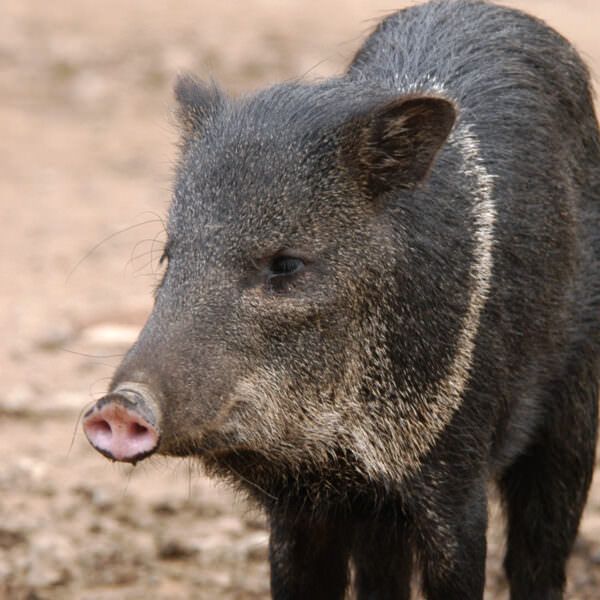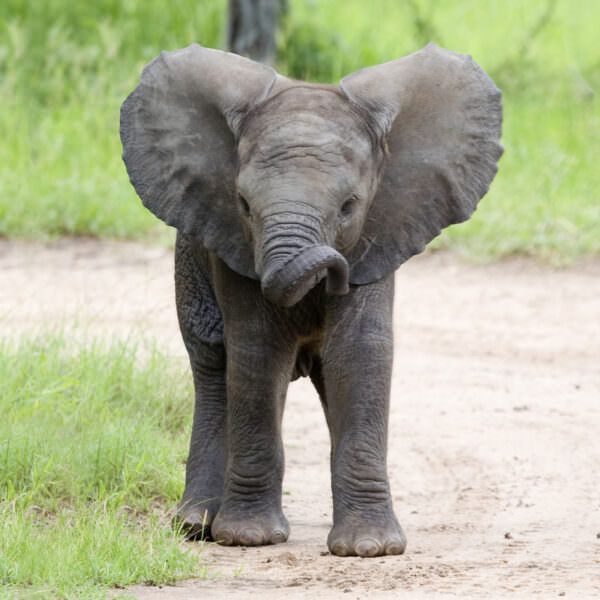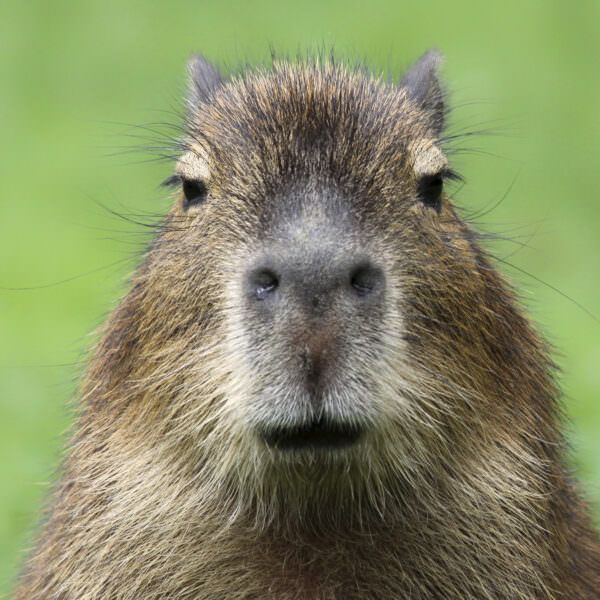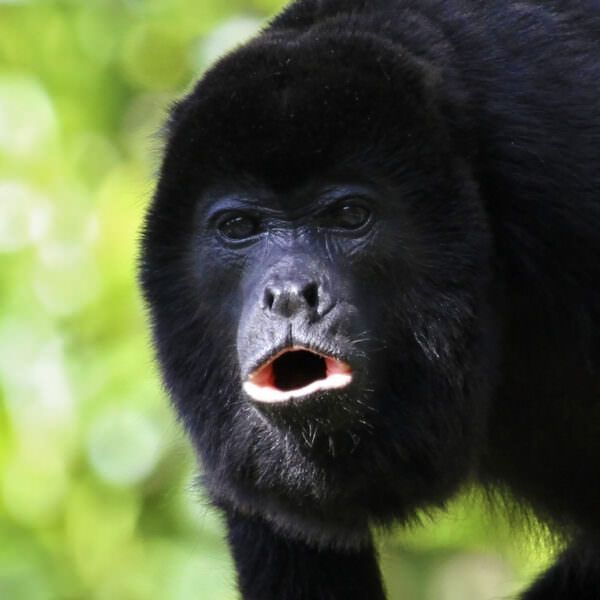Anatomy
Jaguars can reach up to six feet in length—from their nose to the tip of their tail—and stand up to three feet tall at the shoulder. The average male jaguar weighs about 120 pounds, but some individuals can weigh as much as 300 pounds. At birth most jaguars weigh only two pounds. Jaguars are most famous for their beautiful spotted coats. The spots are broken rosettes, rather than true spots like a leopard. These allow the jaguar to hide amongst the grasses, bushes and trees that dominate its habitat. The rare all-black (melanistic) jaguar is what we commonly refer to as a black panther.
We're All In
Together, we're building a future where people and nature thrive. Sign up today and join our movement...
Habitat
Jaguars are found in rainforests, seasonally flooded forests, grasslands, woodlands and dry deciduous forests throughout their range. Jaguars spend much of their time on the ground. They use their padded paws to move silently through the forest floor. Although not quite as agile as a leopard, jaguars are capable of climbing trees to hunt or to rest.
Diet
Jaguars are mostly nocturnal hunters. They use their excellent vision and sharp teeth to ambush prey and crush their skulls. Jaguars are known to eat more than 85 species of prey, including armadillos, peccaries, capybara, tapir, deer, squirrels, birds and even snails. Not confined to hunting on land, jaguars are adept at snatching fish, turtles and young caiman from the water. They are even able to hunt monkeys and other tree-dwellers who occasionally wander to lower branches. Unfortunately, jaguars compete with humans for most of their prey. In many regions they are shot on sight because of fear, concern for livestock or competition for prey.
Threats
Unlike many other species, the jaguar faces no natural threat from rival cats or other predators—with the exception of humans. At the height of their decline in the 1960s and 1970s, more than 15,000 jaguars were killed each year for their beautiful fur. While trade in jaguar fur has been reduced by consumer awareness campaigns, they continue to face pressure from hunters. In addition, the loss of habitat is increasing the frequency of contact between people and jaguars. There are believed to be 30,000 jaguars alive in the wild today. If jaguars are to exist in the future, scientists believe it will be through a combination of special protected areas and increased community awareness.
Sources
- Jukofsky, Diane. Encyclopedia of Rainforests. Connecticut: Oryx Press, 2002.
- «Jaguars,» Isle of Wight Zoo website, 2007.
- «Jaguar,» Big Cats Online website, 2007.
- Inset photo by Eddy Van 3000
- IUCN Red List of Threatened Species



